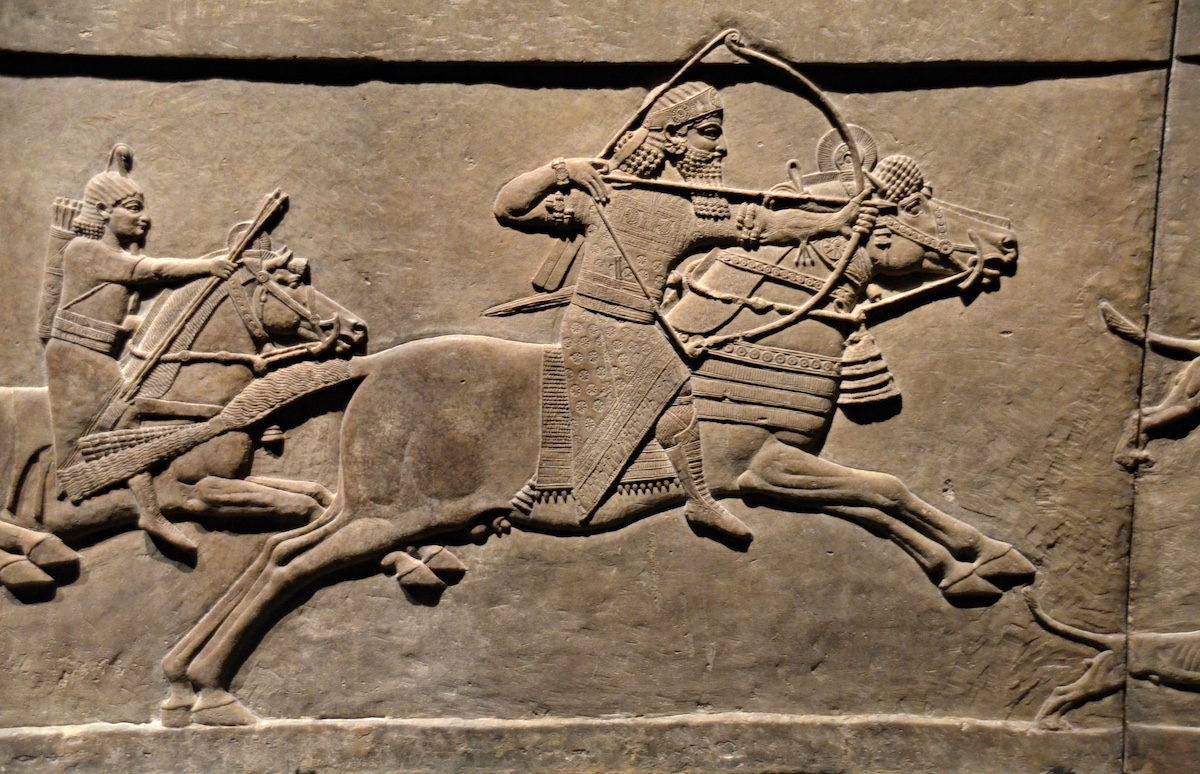In the annals of ancient military history, the Assyrians stand out as formidable warriors and strategists. Renowned for their military might and organizational prowess, the Assyrians employed sophisticated siege warfare techniques that were instrumental in their conquests. Let's delve into the world of Assyrian siege warfare, exploring the strategies and innovations that allowed them to break through seemingly impregnable fortifications.
I. The Art of Siegecraft: Assyrian Military Doctrine
The Assyrians approached siege warfare with a systematic and methodical mindset. Military campaigns were meticulously planned, and siege operations were a crucial component of their overall strategy. The Assyrians recognized the strategic value of fortified cities and employed various tactics to breach defensive walls and capture well-defended urban centers.
II. Siege Engines and Catapults: Technological Ingenuity
At the heart of Assyrian siege warfare was their mastery of siege engines and catapults. These formidable war machines were capable of launching projectiles, such as large stones or incendiary devices, over city walls, disrupting defenses and sowing chaos within besieged cities. The Assyrians were among the first to harness the power of mechanical energy in the form of siege engines, showcasing their technological ingenuity.
III. Tunnels and Undermining: Subterranean Strategies
Understanding the challenges of direct assaults on well-fortified walls, the Assyrians turned to subterranean tactics. They excavated tunnels beneath the city walls, aiming to weaken the foundations and cause structural collapse. This method, known as undermining, was a slow and covert process that required both engineering skill and patience.
IV. Assault Ramps: Overcoming Vertical Barriers
When faced with particularly imposing walls, the Assyrians employed the construction of assault ramps. These inclined structures allowed their armies to ascend gradually, bringing siege engines and troops to the top of city walls. Assault ramps were often built using a combination of earth, timber, and other materials, providing a means to overcome vertical obstacles and breach defensive perimeters.
V. Psychological Warfare: Intimidation and Propaganda
The Assyrians recognized the psychological aspect of siege warfare. Before launching direct attacks, they often engaged in psychological warfare to demoralize the defenders. This involved tactics such as loud announcements, displays of captured prisoners, and the deployment of terrifying imagery on their war reliefs, creating an atmosphere of fear and uncertainty among the besieged population.
VI. The Use of Siege Towers: Mobile Assault Platforms
Siege towers were another crucial element of Assyrian siege warfare. These mobile structures, equipped with ladders and protected by armored screens, allowed Assyrian troops to ascend city walls during an assault. The versatility of siege towers made them valuable assets in overcoming a variety of defensive configurations.
VII. The Fall of Lachish: A Case Study
One of the most famous examples of Assyrian siege warfare is the siege of Lachish in 701 BCE. The reliefs on the walls of King Sennacherib's palace in Nineveh depict the brutal assault on Lachish, showcasing the use of battering rams, siege towers, and the aftermath of the city's capture. The detailed reliefs provide a vivid snapshot of Assyrian siege tactics in action.
VIII. Legacy of Assyrian Siege Warfare
The Assyrian approach to siege warfare left an indelible mark on military strategy in the ancient world. Their innovations in siege engines, subterranean tactics, and psychological warfare influenced subsequent civilizations and were adopted and adapted by later military leaders. The Assyrians' ability to break through seemingly impregnable fortifications stands as a testament to their military sophistication and strategic acumen.




